Wireless and Communication in the Internet of Things
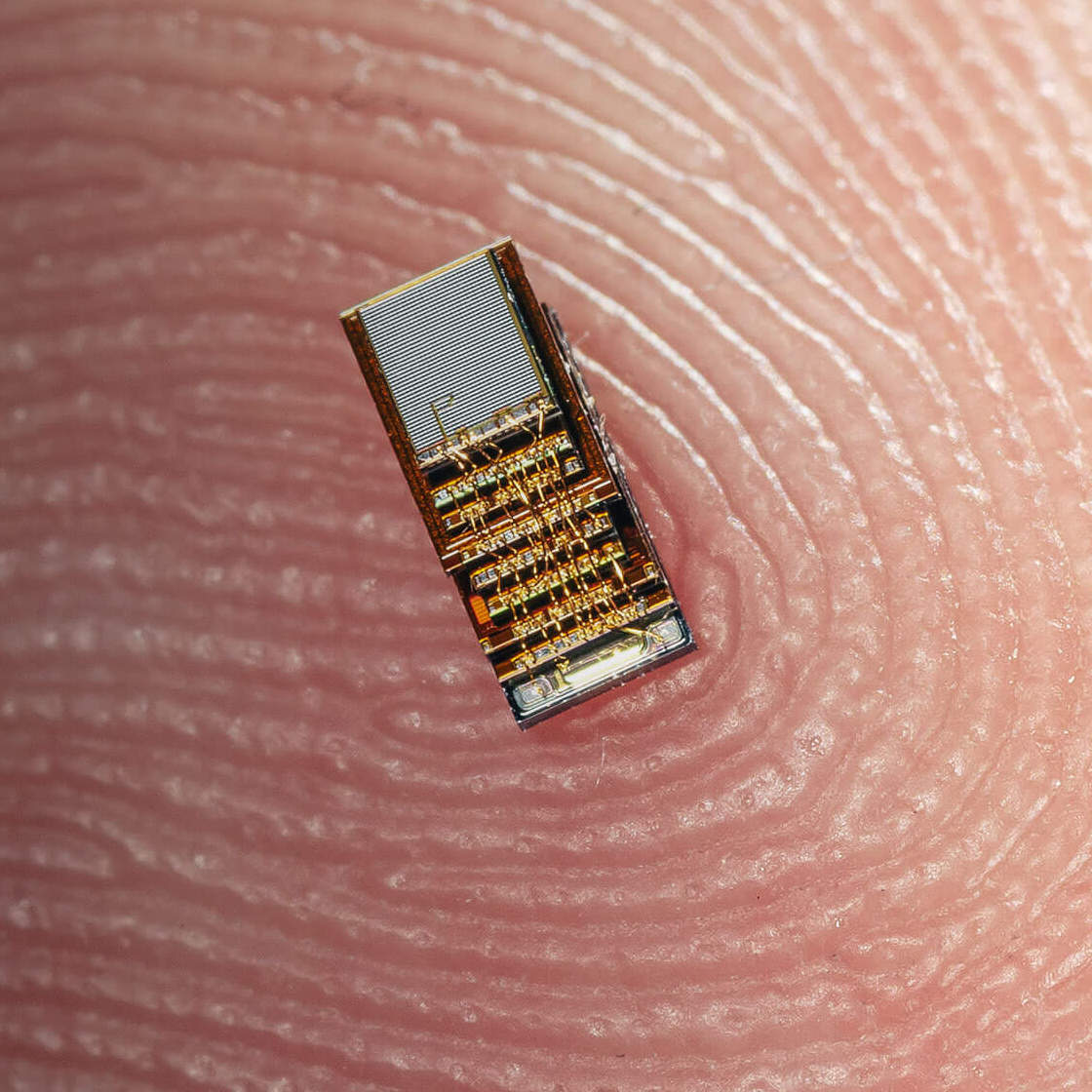
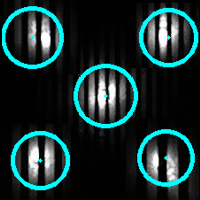
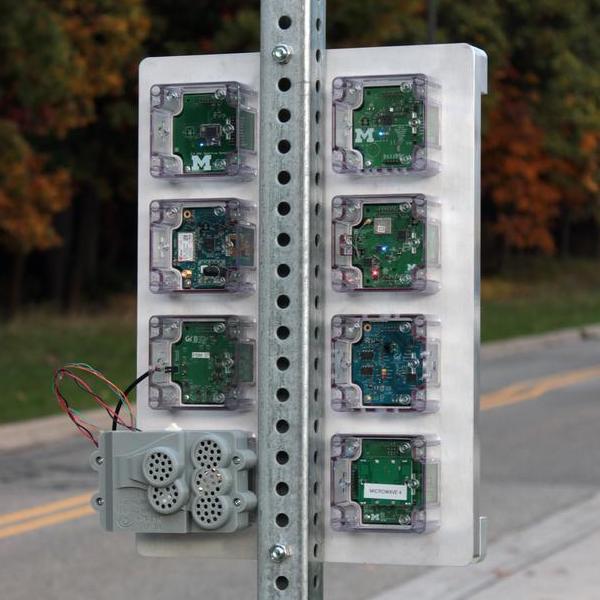
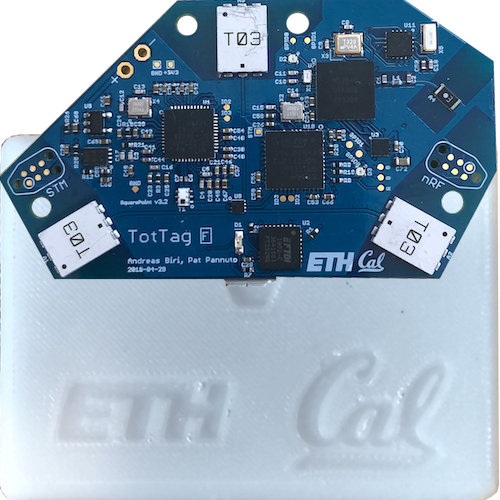
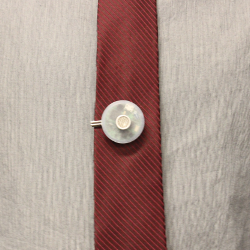
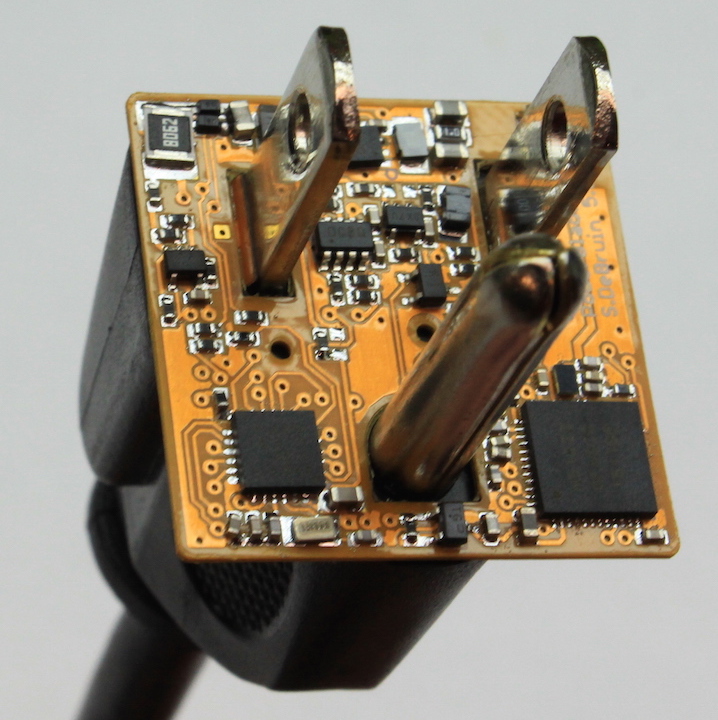
CSE291 (13) - Winter 2022
Meets M/W/F from 14:00 to 14:50 in 2154 CSE.
Pat Pannuto is the instructor, and their office is CSE 3202 (right in the corner).
Office hours available by appointment (please email / chat after class).
→ Click here for the UCSD Embedded Lunch Seminar (Thr 12:30-1:30) – All are welcome!
Overview
Internet of Things (IoT) devices are often battery-powered, or sometimes even energy-harvesting and battery-free. For most applications, 80% or more of power goes to communication, sending data between the IoT device and the internet at large. These two realities mean that many IoT devices use custom communication technologies, or common ones in different ways (e.g. why does my Fitbit scale make my home WiFi go literally 100x slower when it's on?).
This class will focus on how an IoT system designer should choose and use the wide array of wireless technologies. Specifically, we will look at WiFi, Classic Bluetooth, Bluetooth Low Energy, IEEE 802.15.4, 2g/3g/4g cellular, LTE-M, NB-IoT, LoRa, SigFox, and some time with more esoteric choices, such as Visible Light Communication (VLC), Infrared Communication (IR), Ultrasonic, and boutique RF such as wake-up radios and backscatter. Persons finishing this course should be well-suited for work in real-world IoT systems upon completion.
Target Audience
The intended audience of this course is technically-oriented makers. People who want to build (non-wall-powered) interesting stuff that will eventually need to talk to the world. This class looks at the (low-power) options and tries to give some basic experience in each of them.
Syllabus
This class aims to be reasonably self-contained. The primary responsibilities are to come to lectures ready to engage in the material and to come to the lab days (Fridays) ready to hack. We will also have a few small homework assignments throughout the quarter. These are intended to be more fun and educational about the extant infrastructure in the world around you than a terrible amount of work. We'll end things with a modest project / report, at your choosing.
Schedule
| Date | Topic | Assignment / Additional Materials | |
|---|---|---|---|
| Week 1: Introduction, Motivation, and Background | |||
| Jan 3 [slides][pdf] |
|
||
| Jan 5 [slides][pdf] |
|
||
| Jan 7 |
|
|
|
| Long-Range Technologies | |||
| Jan 10 [slides][pdf] |
Mobile Networking Origins
|
Optional Reading
|
|
| Jan 12 [slides][pdf] |
Evolution of Cellular
|
||
| Jan 14 | Emprical, Global Perspective of Cellular |
|
|
| Jan 17 | No class, MLK Holiday | ||
| Jan 19 [slides][pdf] |
Upcoming Cellular IoT Technologies
|
||
| Jan 21 | Design Decisions I |
|
|
| Jan 24 & 26 [slides][pdf] |
LPWANs
|
Papers referenced for those interested in more details:
|
|
| Jan 28 | Design Decisions II | ||
| RF in the Small: PANs and WANs | |||
| Jan 31 [slides][pdf] |
Bluetooth Low Energy | Yes, Bluetooth really is named after a Viking king, and the symbol is his initials. | |
| Feb 2 [slides][pdf] |
BLE Advertisements
|
Papers referenced for those interested in more details:
|
|
| Feb 4 | Real-World BLE | ||
| Feb 7 [slides][pdf] |
BLE Connections | ||
| Feb 9 [slides][pdf] |
[Project Check-in] Intro to 802.15.4 |
||
| Feb 11 | BLE Connections | ||
| Feb 14 [slides][pdf] |
Finish 802.15.4 Intro to Thread |
Papers referenced for those interested in more details:
|
|
| Feb 16 [slides][pdf] |
Thread |
Additional Resources:
|
|
| Feb 18 | Trying out Thread |
For today, we are going to try to follow the official OpenThread lab. Work in groups of (at least) three to see if you can get a Thread network running across your devices. It's quite possible that we will end up with one large Thread network at the end of the lab, that would be a success too :). Nothing to write-up or turn in today, but do want to have Thread basics working so that we can use your Thread network(s) to communicate higher-level application data next week. |
|
| Feb 21 | No class, Presidents' Day Holiday | ||
| Feb 23 [slides][pdf] |
Zigbee Mesh Routing Mesh Flooding |
Additional Resources:
|
|
| Feb 25 | CoAP and End-to-End Operation | ||
| Feb 28 [slides][pdf] |
WiFi [PHY] | ||
| Mar 2 [slides][pdf] |
WiFi [MAC] | ||
| Mar 4 |
|
||
| Mar 7 [slides][pdf] |
Boutique RF: Backscatter, Wakeup Radios |
Additional Resources:
|
|
| Mar 9 [slides][pdf] |
Non-RF Stuff: VLC, IR, Ultrasonic | ||
| Mar 11 | No lab, finish your class projects! | ||
| Finals Week | |||
|
Mar 14 3–6 PM |
Final Presentations |
See presentation details below. |
|
Class Project / Report
The intent of the project / report is to offer an open-ended opportunity to dig deeper into a wireless technology of your choosing. The format is deliberately under-specified here. You are welcome to implement something interesting, write a short paper, make a presentation, create a BLE-inspired interpretive dance, make an oil painting of your local spectrum utilization (seriously)—be creative! Read some about Maker Culture and make something (wireless or wireless-adjacent, please).
At this stage, you all have been doing this school thing for a while, and I trust you to create something appropriate for a small-to-medium end-of-term project. Group projects are acceptable, however, please do scale the project appropriately with the size of the group (bigger group, bigger project). You are welcome to discuss proposals with me if you wish.
Final Exam / Presentations
Instead of a final exam, we will have a "mini-conference" where each project will present their work.
Presentation Details
Logistics of this is lightly TBA until we have an understanding of how many groups will be presenting, and which modalities will be required.
We'll use the final exam slot–Monday, March 14 from 3-6pm–for the "conference." We've been assigned the same location as class, REVELLE NORTH tent, so we'll be in a familiar location :).
This work is licensed under a Creative Commons Attribution 4.0 International License. Copyright Pat Pannuto, 2022.
